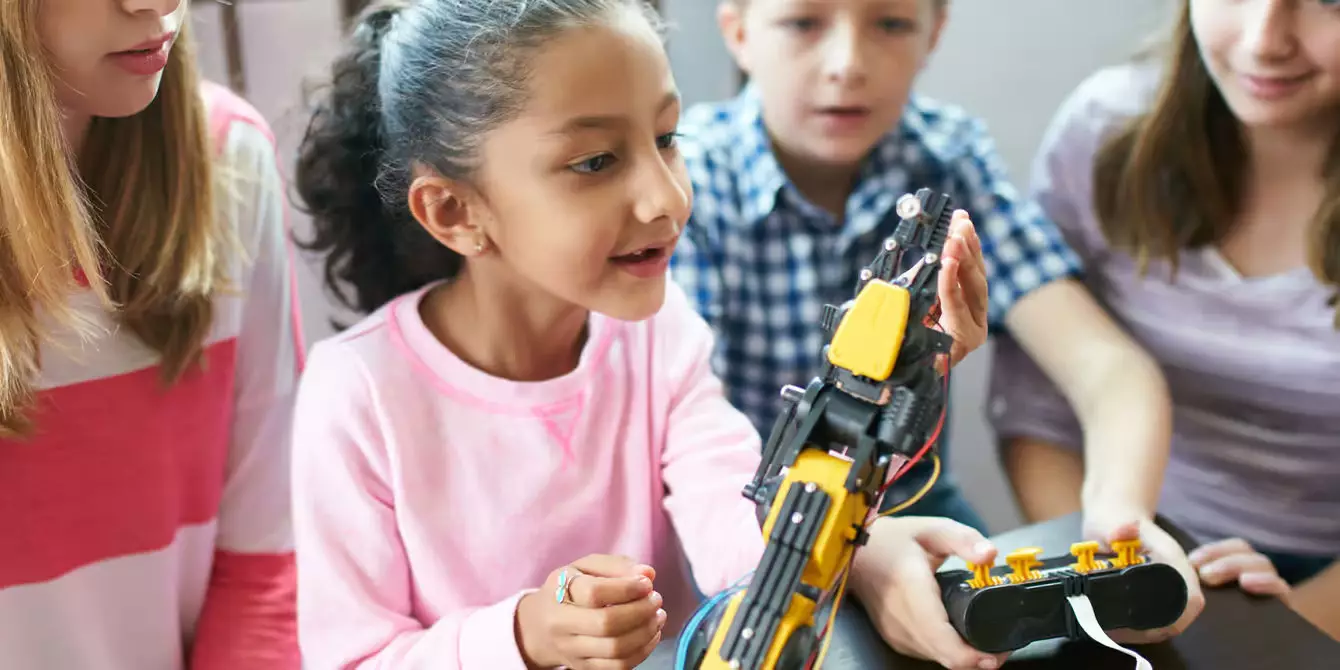STEM, which stands for Science, Technology, Engineering, and Mathematics, transcends mere nomenclature; it embodies a dynamic approach to education that cultivates essential skills such as critical thinking, problem-solving, and creativity. This multifaceted discipline fosters an environment ripe for curiosity and innovation, thereby shaping future leaders across various domains. The initiative to promote STEM first gained traction in the early 2000s, primarily attributed to Judith A. Ramaley, a prominent figure in educational reform who realized the need for such integrated learning in an increasingly complex world. Since then, educational institutions globally have embraced STEM, recognizing it as a cornerstone for preparing children for the modern workforce and equipping them with versatile skills.
According to educational experts, STEM serves as a vital framework for nurturing lifelong benefits in children’s education, particularly during their formative years. Karen Aronian, an educational design specialist, asserts that engaging children in STEM activities not only sparks curiosity but also lays the groundwork for future innovation. In tribal societies where survival often depends on innovation and problem-solving, the benefits of encouraging a STEM mind-set become even more pronounced.
Engaging with STEM education begins at a fundamental level, where children learn through exploration rather than passive reception of information. As Sally Macaluso, a preschool teacher specializing in Early Childhood Education, mentions, the interdisciplinary nature of STEM cultivates essential skills related to collaboration and critical thought. Each facet of STEM—science, technology, engineering, and mathematics—intertwines, presenting children with opportunities for hands-on learning that is engaging and relevant to real-world scenarios.
Incorporating manipulatives—such as blocks, puzzles, and educational tools—enhances cognitive skills and encourages kinesthetic learning. These simple yet effective tools help in developing fine motor skills, problem-solving abilities, and resilience, as Greg McDonough, the Innovation Space Director at Lake Forest Country Day School, elaborates. Observing children interact with these resources provides key insights into their developmental milestones, while simultaneously fostering social-emotional growth.
When children are immersed in a well-structured STEM curriculum, they are not only learning academic concepts but are also discovering how these concepts apply in practical contexts. For instance, projects that involve designing and building structures allow a child to understand mathematics through geometry, which is far more engaging than rote memorization. This practical application reinforces learning and encourages a love for inquiry that extends well beyond the classroom.
Parents play a pivotal role in cultivating STEM-related skills at home. Early introduction of STEM activities aligns with children’s innate curiosity and desire to explore the world around them. The key is to create an environment that promotes exploration and innovation. Parents are encouraged to ask open-ended questions that stimulate critical thinking and invite children to hypothesize and experiment.
Setting up a dedicated space for creative exploration—often dubbed a “maker corner”—can serve as a powerful catalyst for imagination. Furnished with a variety of materials ranging from cardboard to LEGO blocks, children are encouraged to create and tinker, thereby reducing the fear associated with failure—a fundamental aspect of successful problem-solving.
Real-world applications can be easily integrated into daily routines. Tasks like cooking can introduce fundamental mathematics and science concepts, while gardening can be an experiential way to teach about ecosystems and biology. By employing everyday activities as learning opportunities, parents empower their children to see the relevance and application of STEM in their lives.
The long-term implications of early STEM exposure cannot be overstated. Research indicates that early engagement in STEM activities correlates positively with future academic success and career opportunities. As the needs of society evolve, particularly in areas related to technology, healthcare, and environmental science, the demand for a skilled workforce in STEM fields continues to grow.
Transitioning from education to career readiness reflects the critical gap that many young individuals face. Proper grounding in STEM can ensure that students are not only prepared to enter the workforce but are also equipped to tackle complex global issues—proof that a comprehensive education in these fields can lead to meaningful change.
STEM education serves as a powerful tool for developing a multitude of skills that young children will utilize throughout their lives. By fostering an environment rich in inquiry, creativity, and practical application, parents and educators alike can ensure that the next generation is well-prepared to navigate and innovate in our rapidly changing world. Through concerted efforts at home and in educational settings, we can set the foundation for a brighter future, where curiosity and critical thinking will lead to transformative solutions.

